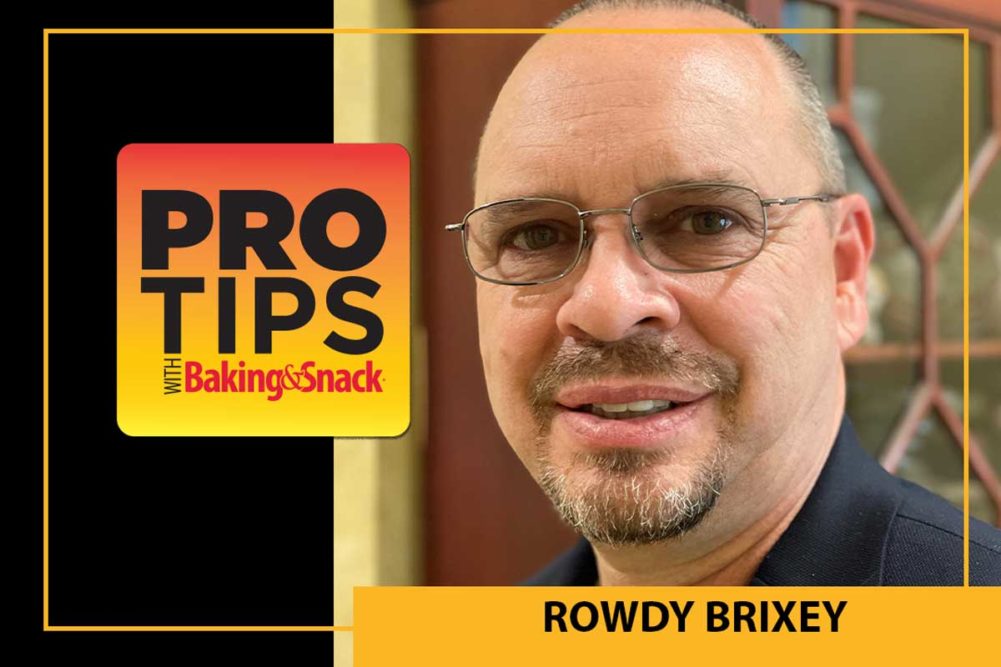Pro Tip: When purchasing equipment, the smart money focuses on the total performance of the asset throughout its life to assist in a company’s chance at profitability in the long run.
In my last bakery Pro Tip, I discussed defining performance deliverables before ordering your next new asset. In this one, let’s delve further into making your purchase a truly cost-effective one over the asset’s life.
In today’s modern bakery a unit of product is partially priced based on a bill of materials (BOM), and you are allocated a certain amount of money in your financial or ERP system for your ingredients, labor and packaging materials. Let’s say you’re spending more on your ingredients because of scaling inaccuracy. You’re taking money away from your bottom line.
As an example, let’s focus on the bulk flour portion of the batching system since it typically has the highest usage in today’s mainstream commercial bakery.
One of the easier ways to take cost out of the initial design might be to deliver from the bulk silo directly to the point-of-use hopper above a mixer. But for higher accuracy and faster delivery rates, systems usually have a loop that returns back to a use bin. That system has more components and has a higher cost, ergo removing it saves costs up front.
For reference, these systems handle 1 to 2 million lbs of flour per week at 100 to 150 lbs per minute and can cost around $1 to $2 million.
Cutting those upfront costs might save you $300,000 to $500,000, but with that comes a potential 1-3% +/- scaling discrepancy and maybe a slower delivery rate per minute
Modern systems have learning routines that continue to try and fix or dial-in scaling accuracy, and this often leads larger swings of over-scaling.
If we assume half of your flour draws are heavy and exceeding your allotted BOM, then you’re giving away flour, affecting quality, impacting mix and more. Given the cost of flour, you could have easily paid for the better design compared to the total cost and impacts driven by these constraints, which could easily translate into millions of dollars over a 15-year asset life expectancy.
I can personally tell you that initial cost cutting decisions were made in a new bakery installation, and the plant suffered quality and delivery issues. When we sat down and did the calculations, a 3% variance on bulk flour was discovered. If we had specified in our purchase order a 1% accuracy expectation for dry ingredients and 0.5% for liquid, we would have placed the bakery team in a much better position to be compliant and deliver superior quality product.
Looking at the cumulative cost of ownership vs. the initial cost is a better economic decision overall.
Saving money up front may look appealing on a capital request, but if you focus on the total performance of the asset throughout its life, you will certainly assist in your company’s chance at profitability.
At the end of the day, not defining performance criteria before making your next asset purchase could jeopardize the bakery’s ability to run efficiently and be profitable.
Rowdy Brixey is founder and president of Brixey Engineering Inc.
You can connect with him at LinkedIn.





